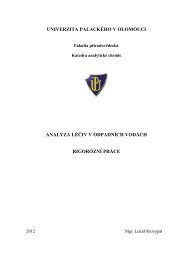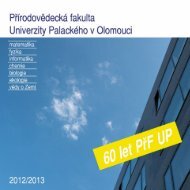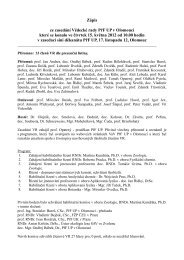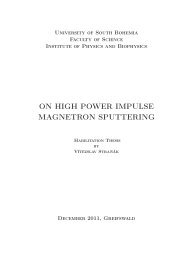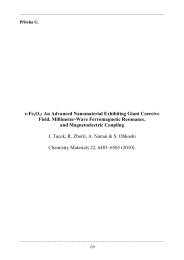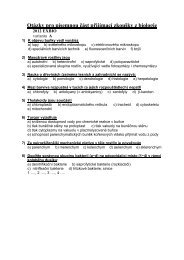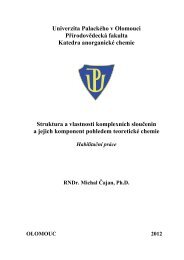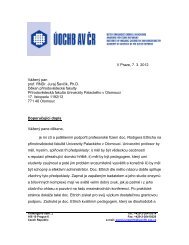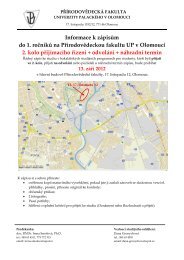A comparative structural analysis of direct and indirect shoot ...
A comparative structural analysis of direct and indirect shoot ...
A comparative structural analysis of direct and indirect shoot ...
Create successful ePaper yourself
Turn your PDF publications into a flip-book with our unique Google optimized e-Paper software.
54 M. Volgger et al.<br />
fluorescence <strong>and</strong> transmission mode simultaneously to clarify<br />
the location <strong>of</strong> membranes within plasmolysed root hairs.<br />
Overviews <strong>of</strong> seedlings <strong>and</strong> whole roots were taken with a<br />
Coolpix 990 (Nikon) attached to a stereo microscope (Nikon).<br />
Results<br />
Root hairs are formed by bulging from root epidermal cells.<br />
They grow up to a length <strong>of</strong> 500 to 1,000 μm (Fig. 2a) in<br />
about 13 h. During bulge formation, growth is slow with<br />
0.1 to 0.2 μm/min. At a length <strong>of</strong> 5 to 35 μm, growth<br />
speeds up continuously to 1 μm/min. This velocity is<br />
maintained until the middle <strong>of</strong> the total growth phase (about<br />
7 h). Thereafter, growth continuously slows down till the<br />
end <strong>of</strong> the growth phase (Fig. 2 b, c); figures were taken in<br />
10 min intervals, the light source was switched <strong>of</strong>f between<br />
the takes. The resulting growth curve was confirmed by at<br />
least 100 r<strong>and</strong>om samples <strong>of</strong> root hairs that were not<br />
stressed by long-term microscopic observation.<br />
When root hairs cease elongation, the polar distribution<br />
is lost, <strong>and</strong> the vacuole progresses into the tip zone. The<br />
organelles distribute regularly over the whole length <strong>of</strong> the<br />
tube, <strong>and</strong> also large organelles reach up into the clear zone.<br />
The velocity <strong>of</strong> organelles, however, is maintained.<br />
Isotonic medium causes growth stop<br />
Up to a concentration <strong>of</strong> 150 mOsm mannitol, neither<br />
changes in growth nor cytoarchitecture <strong>of</strong> root hairs could<br />
Fig. 2 a–c Root hair elongation<br />
under normal growth conditions<br />
(n




